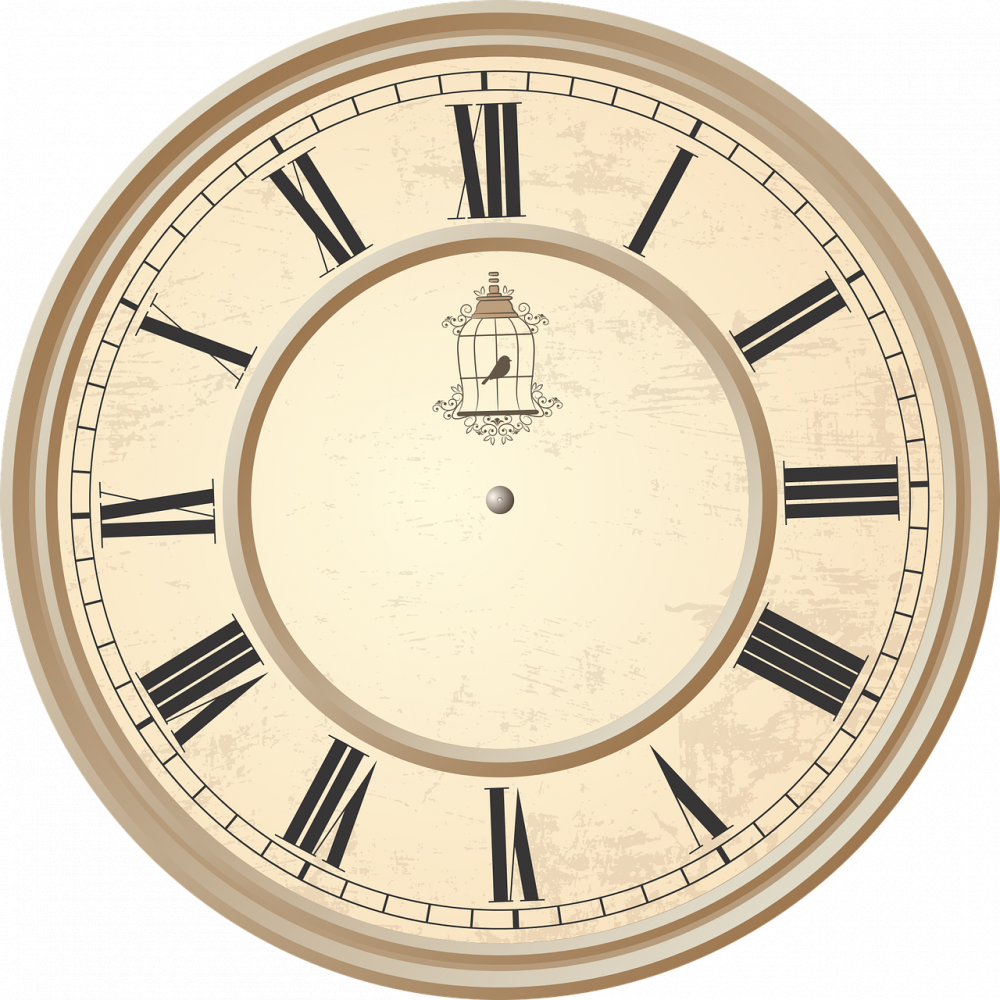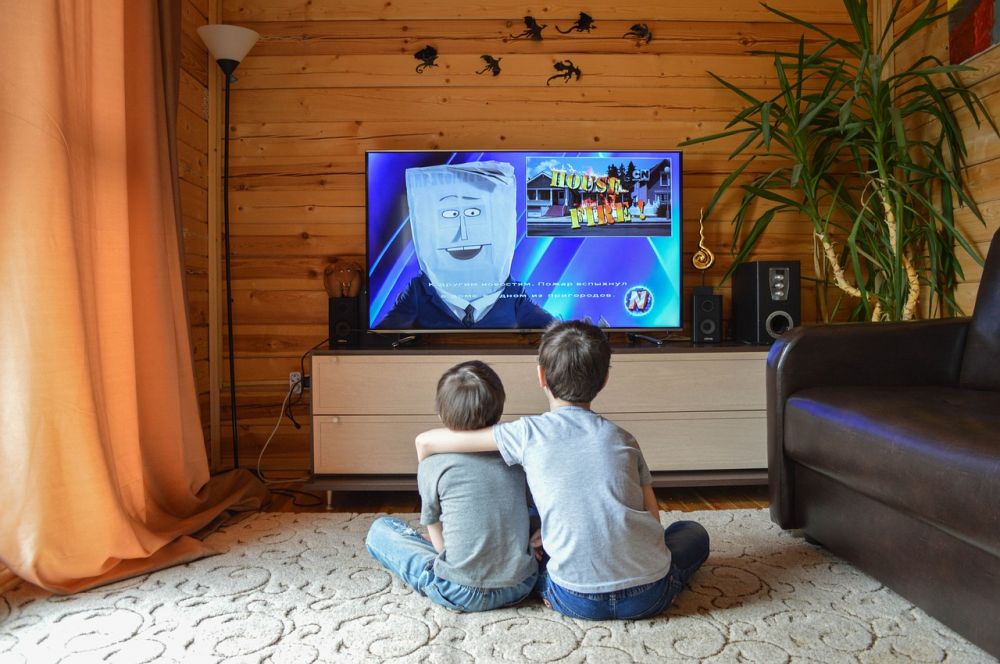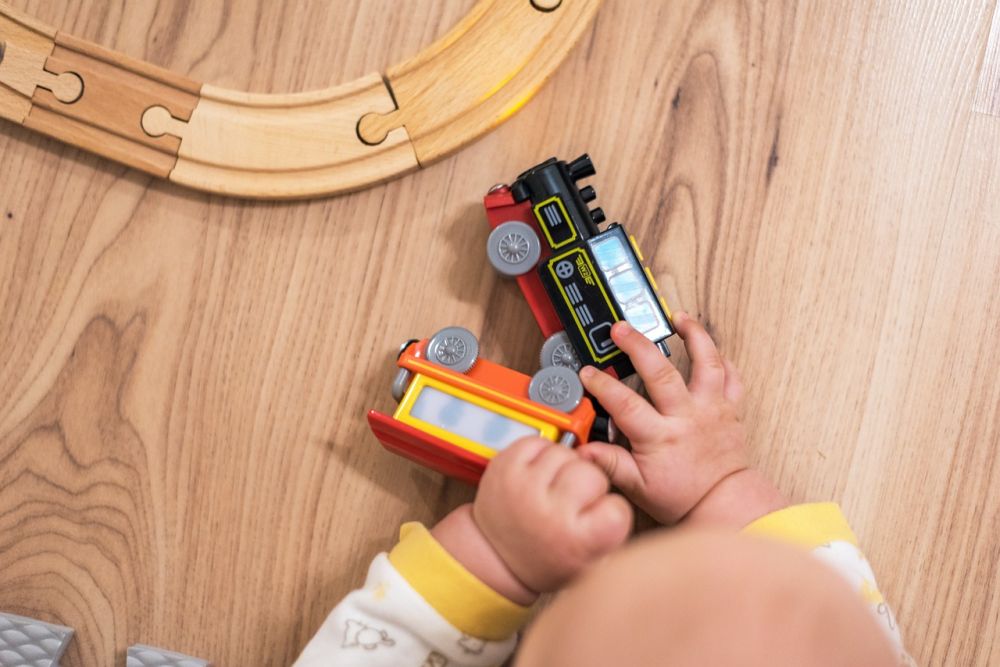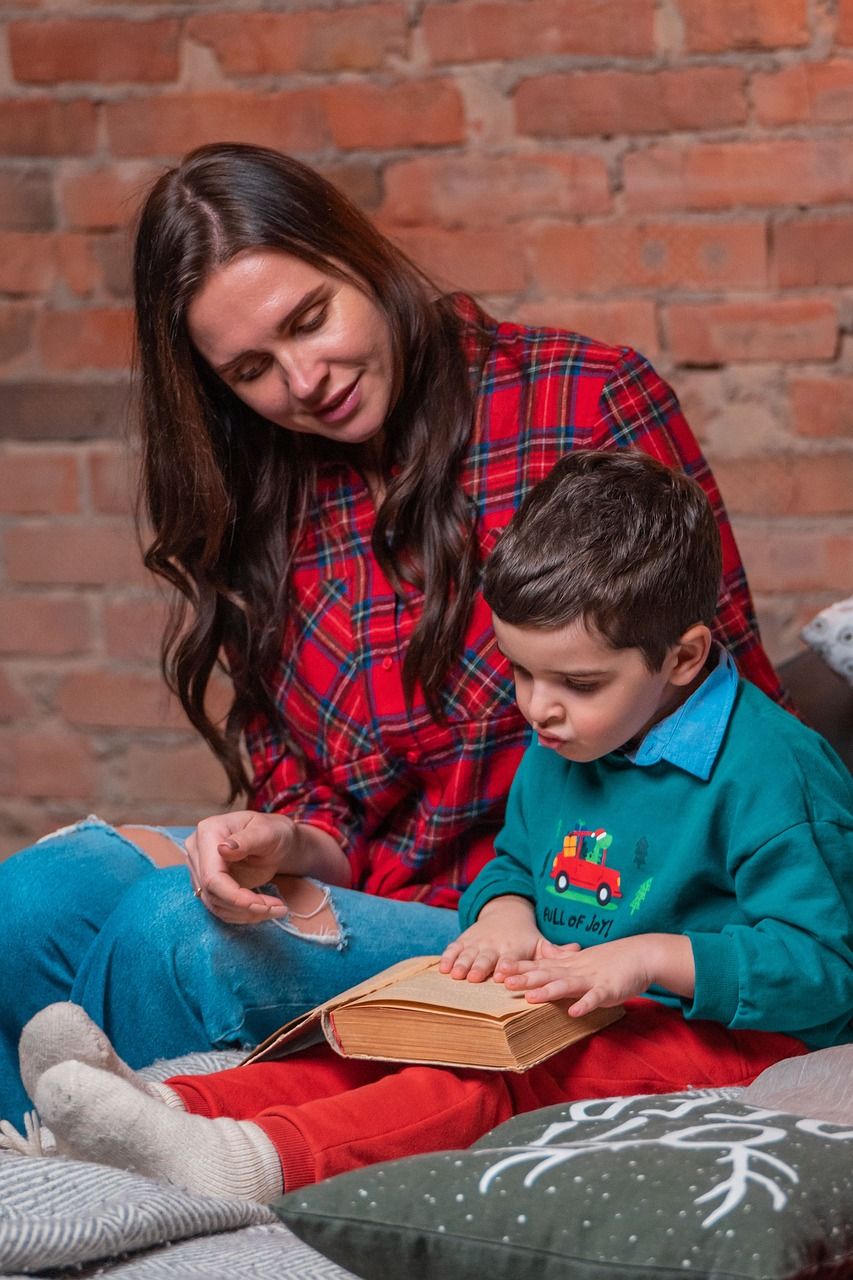IKEA Hacks for Kids Rooms: Exploring Creativity and Functionality

Exploring the Creative and Functional World of IKEA Hacks for Kids’ Rooms
Introduction:
Creating a dreamy and functional space for children is a challenge that many parents face. However, with the help of IKEA hacks, transforming a plain room into a personalized haven has become a popular trend. In this article, we will delve into the world of IKEA hacks for kids’ rooms, exploring the different types, popular choices, quantitative measurements, variations, and a historical overview of the advantages and disadvantages. Whether you’re a DIY enthusiast or simply looking for inspiration, this article will provide you with a comprehensive understanding of IKEA hacks for children’s rooms.
Unveiling the Concept of IKEA Hacks for Kids’ Rooms

The concept of IKEA hacks involves customizing and repurposing the furniture and accessories from the Swedish furniture giant, IKEA. Parents and DIY enthusiasts all over the world have embraced this trend, as it allows them to create unique and personalized spaces for their children. By using IKEA’s affordable and versatile products as a base, individuals unleash their creativity and add their personal touch to the room.
Exploring the Different Types of IKEA Hacks for Kids’ Rooms
IKEA hacks for kids’ rooms come in various forms, catering to different preferences and needs. Here are some popular types:
1. Bed Hacks:
Transforming a plain bed into an imaginative and functional piece is a common choice among parents. By incorporating storage compartments, creating a playhouse under the bed, or adding a unique headboard, children can feel like they’re in a world of their own.
2. Storage Hacks:
IKEA’s storage solutions provide the perfect canvas for creative DIY projects. From organizing books and toys to designing themed storage units, parents can declutter and enhance the room’s aesthetic appeal simultaneously.
3. Play Area Hacks:
Creating a designated play area within the room sparks children’s creativity and brings endless hours of fun. From crafting a LEGO table to constructing a chalkboard wall, the possibilities are endless.
Quantitative Measurements in the World of IKEA Hacks for Kids’ Rooms
Quantifying the popularity and impact of IKEA hacks for kids’ rooms can provide valuable insights. Here are some measurements to consider:
1. Social Media Popularity:
Platforms like Instagram and Pinterest serve as a hub for DIY enthusiasts to showcase their creativity. By examining the number of posts, likes, and shares under the hashtag ikeahacksforkids, we can gauge the trend’s popularity.
2. User Satisfaction:
Conducting surveys and analyzing customer reviews can provide quantitative data on individuals’ satisfaction levels. By collecting feedback regarding the ease of implementation, cost-effectiveness, and overall impact on the children’s room, we can ascertain the success rate of IKEA hacks.
3. Sales Figures:
Analyzing IKEA’s sales figures for products commonly used in hacks, such as shelves or bedframes, can shed light on the trend’s market impact.
Analyzing the Diverse Nature of IKEA Hacks for Kids’ Rooms
While IKEA hacks for children’s rooms share a common foundation, they often differ in their execution and overall design. Factors that contribute to this variation include:
1. Personal Style:
Different individuals have varying design preferences, which leads to a wide range of aesthetic choices in IKEA hacks. From minimalist designs to whimsical fairy tale themes, parents harness their creativity to reflect their child’s personality.
2. Age Group:
The age of the child significantly influences the design choices. IKEA hacks for toddlers may focus on safety features and playful elements, whereas hacks for older children might incorporate study areas or storage solutions for school supplies.
A Historical Overview of the Pros and Cons of IKEA Hacks for Kids’ Rooms
Historically, IKEA hacks for kids’ rooms have gained both praise and criticism. Here’s an overview of the advantages and disadvantages:
Advantages:
1. Cost-effectiveness: IKEA’s affordable products allow parents to create customized spaces without breaking the bank.
2. Creativity and Personalization: IKEA hacks encourage creativity and provide an opportunity for parents to personalize their child’s room, fostering a sense of ownership and identity.
3. Sustainable and Eco-friendly: Repurposing existing furniture contributes to sustainability efforts and reduces waste.
Disadvantages:
1. Time-Consuming: Implementing IKEA hacks requires time and effort, which may be a challenge for busy parents.
2. Inconsistency in Quality: As hacks involve customization, the final result may vary in quality and durability, depending on an individual’s DIY skills.
Conclusion:
IKEA hacks offer a world of possibilities when it comes to designing unique and functional children’s rooms. By repurposing IKEA furniture and accessories, parents can create personalized spaces that reflect their child’s personality. Quantitative measurements, qualitative differences, and historical analyses provide a comprehensive understanding of this DIY trend. With endless creative options and the satisfaction of creating something truly unique, IKEA hacks for kids’ rooms continue to captivate the imagination of parents around the world. Embrace your creativity and give your child a room they’ll love!





